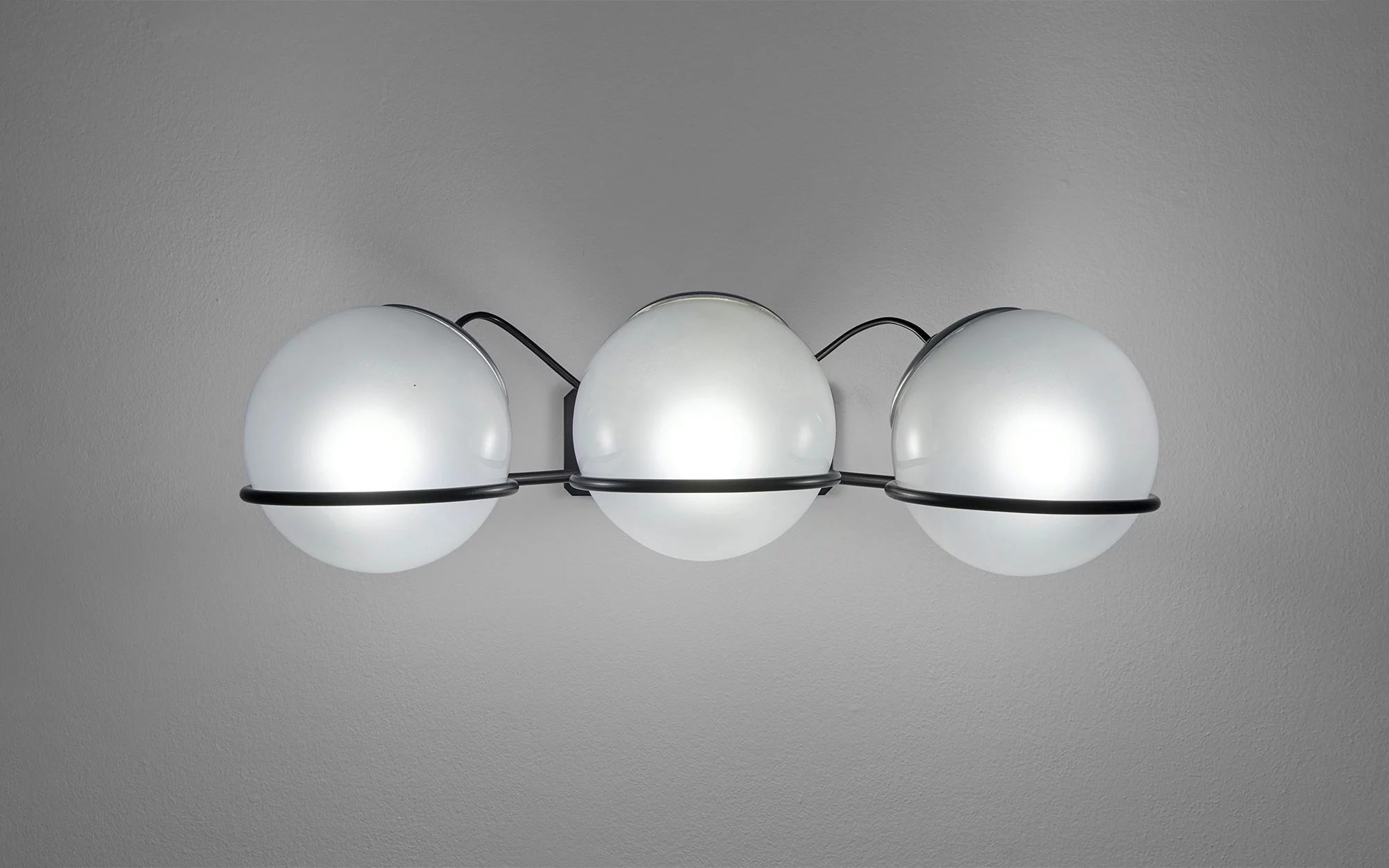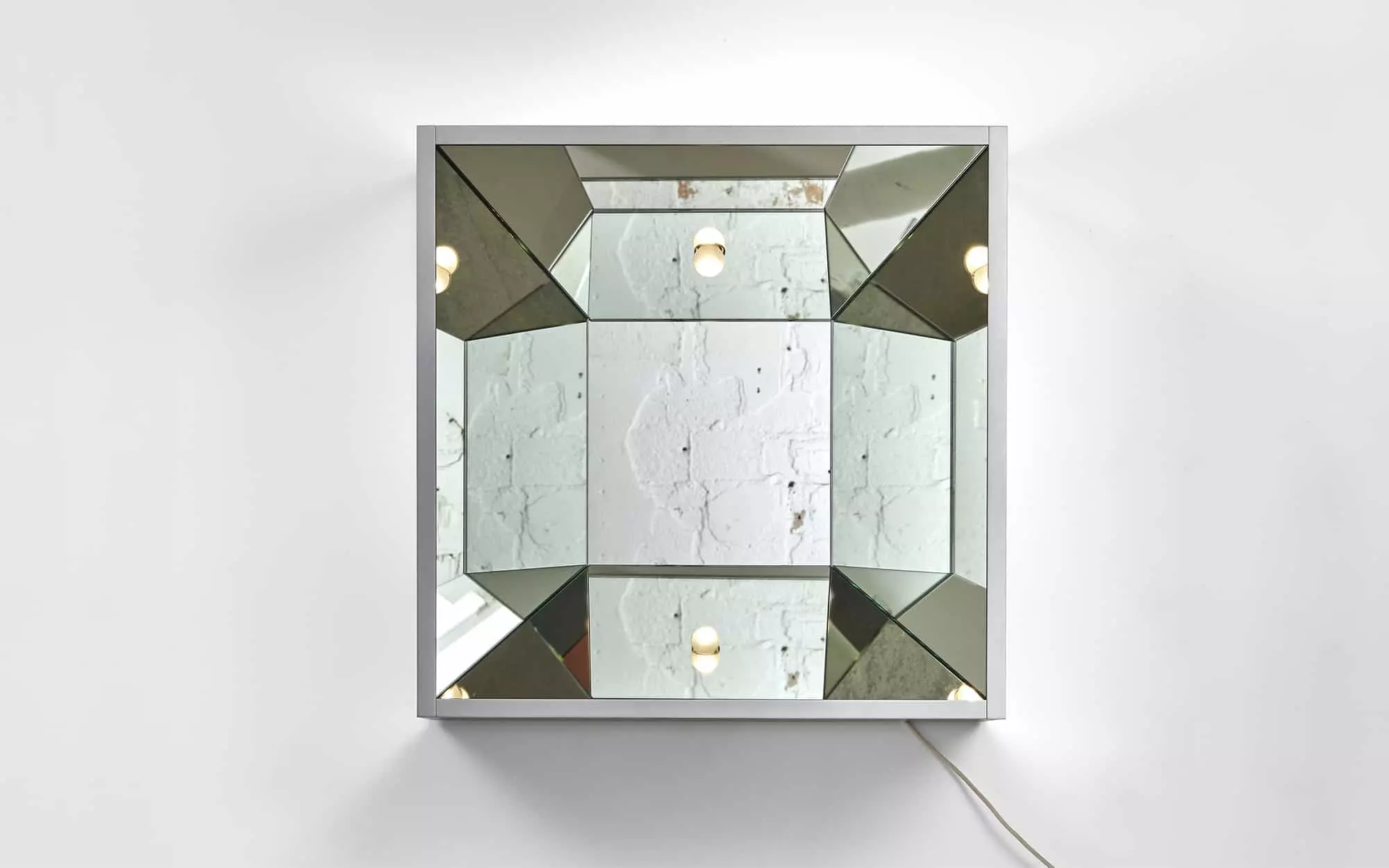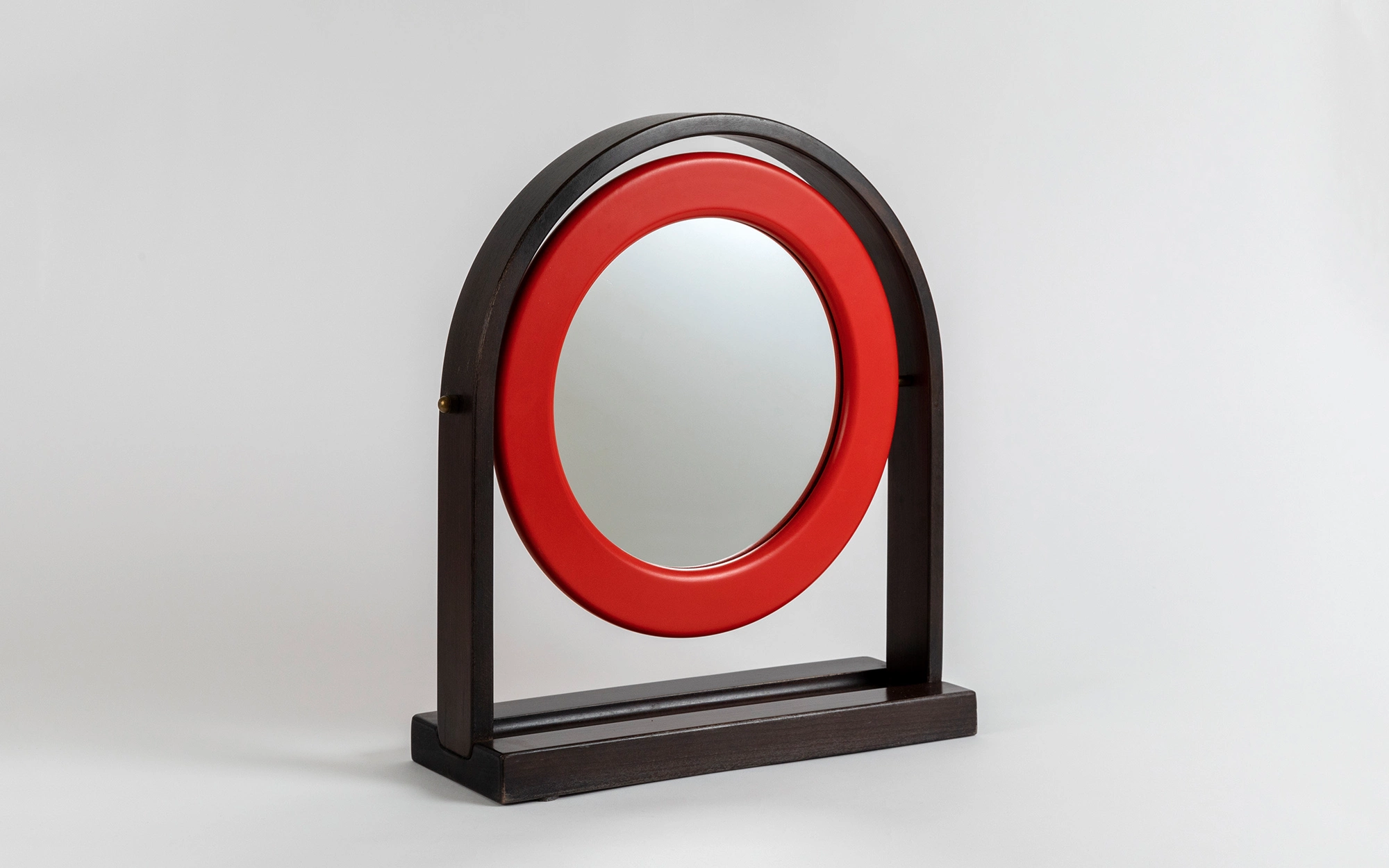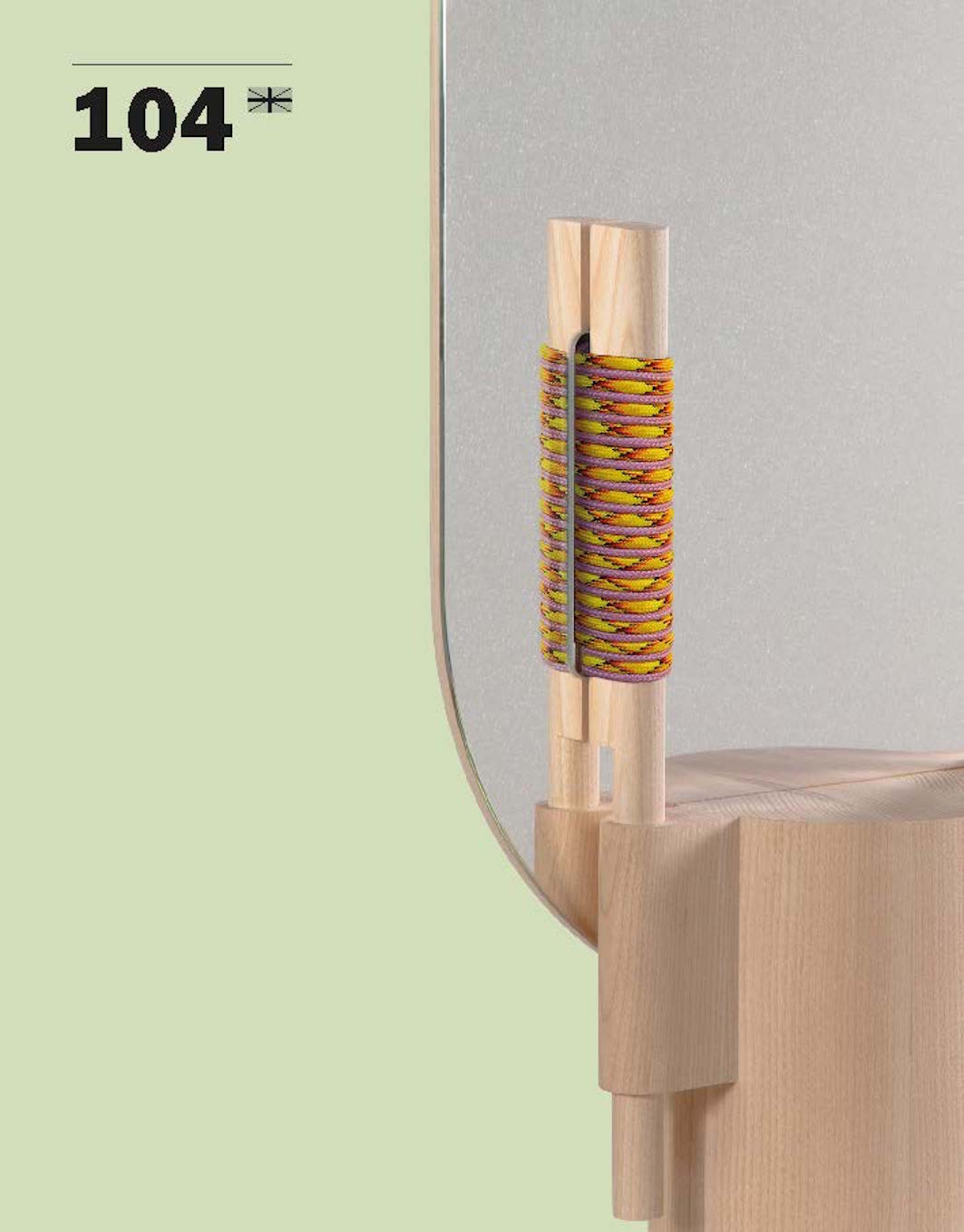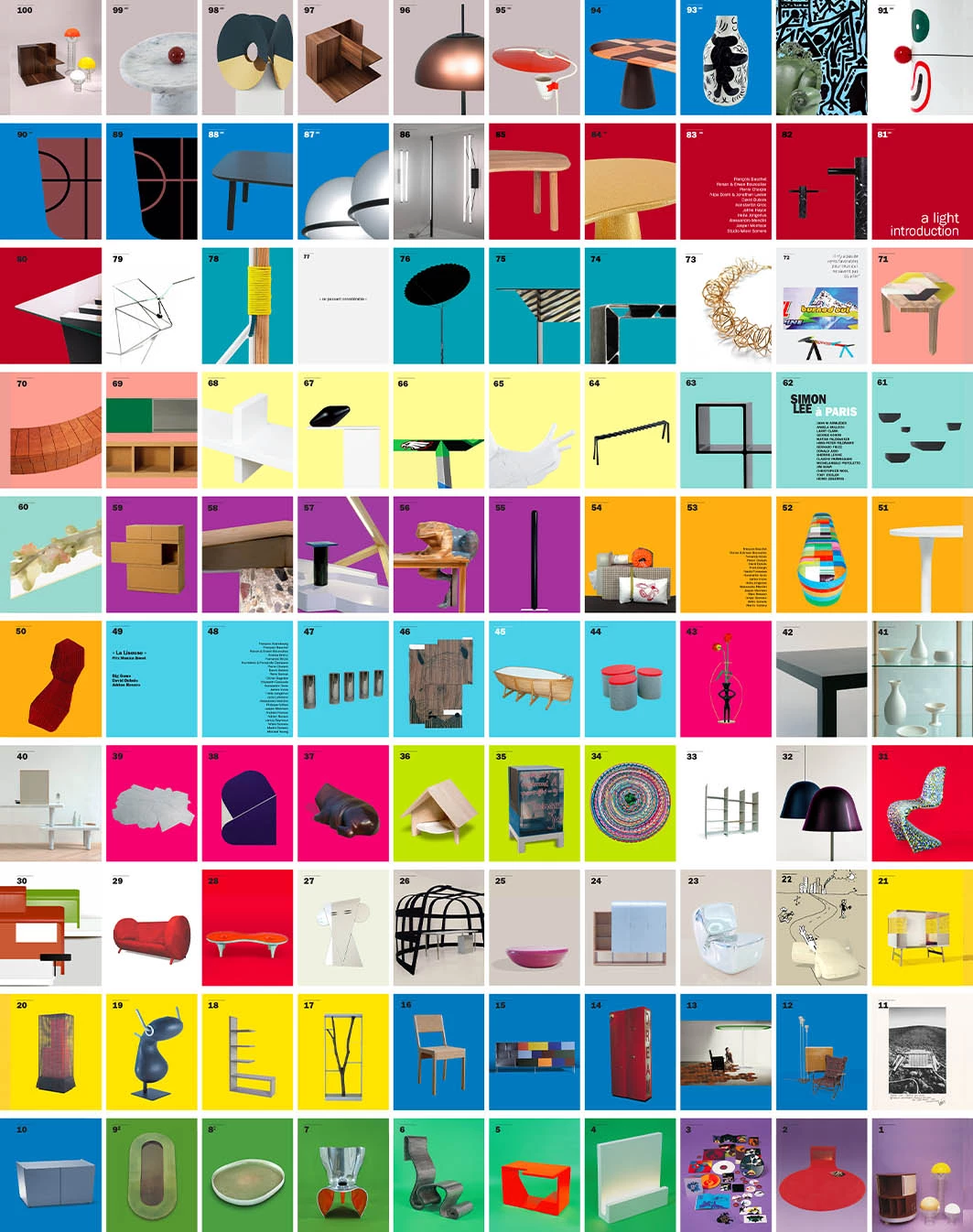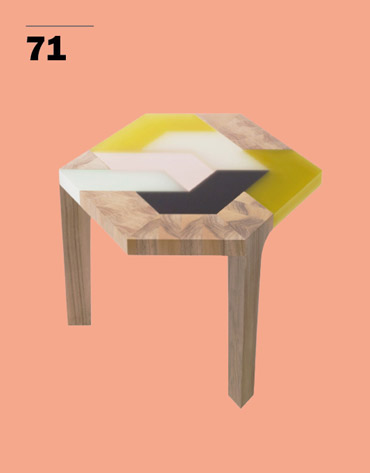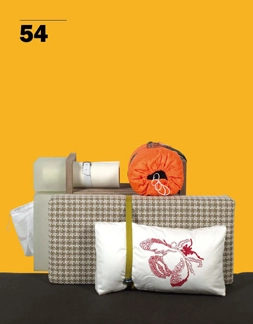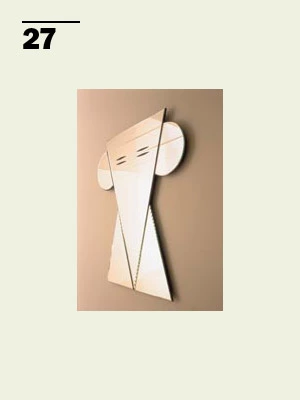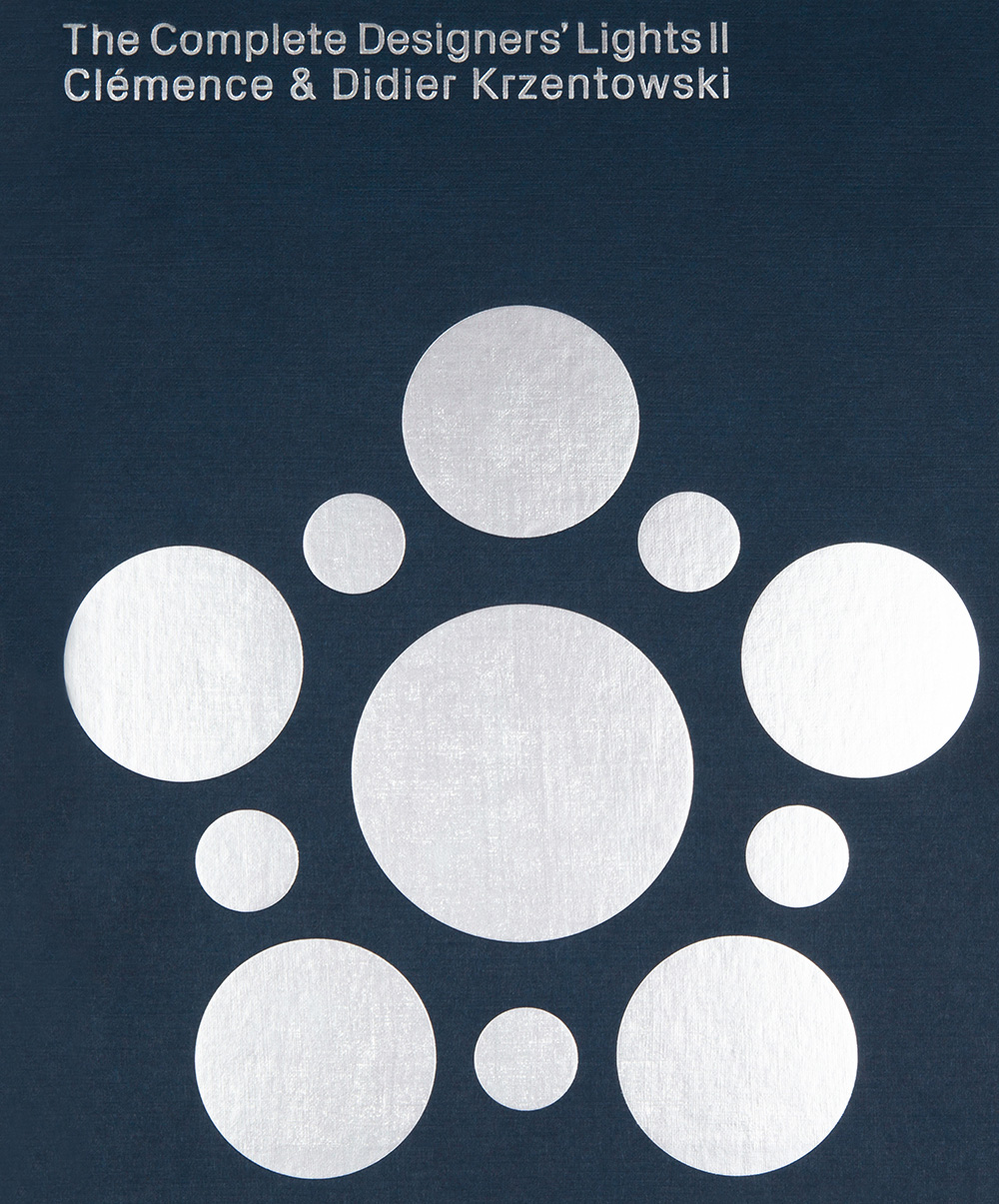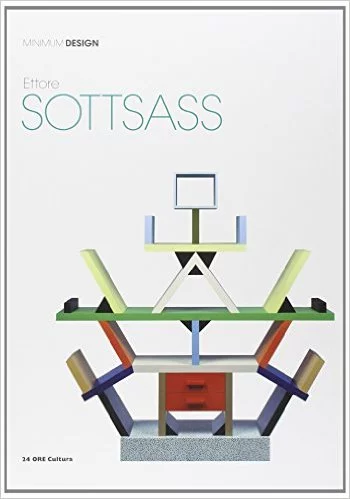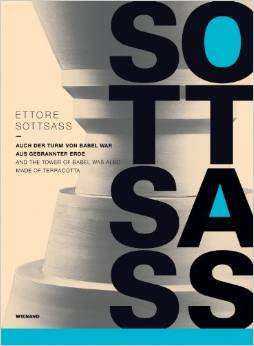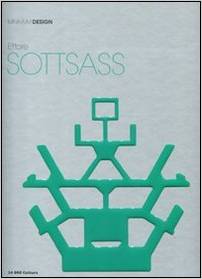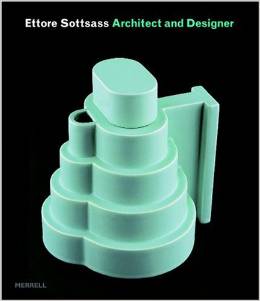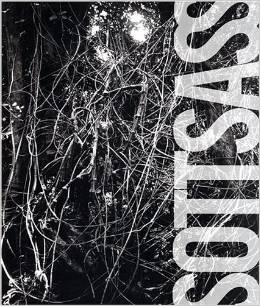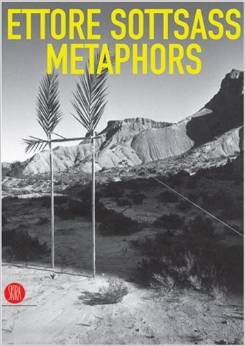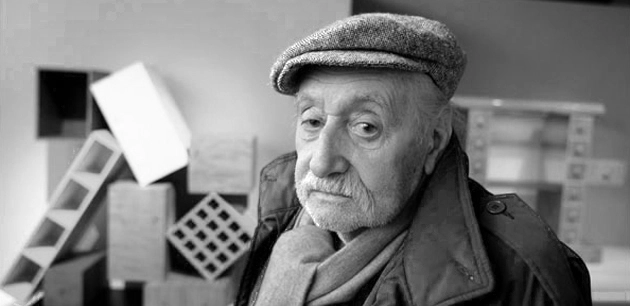
Ettore Sottsass
Italy — b. 1917-2007
Available Works
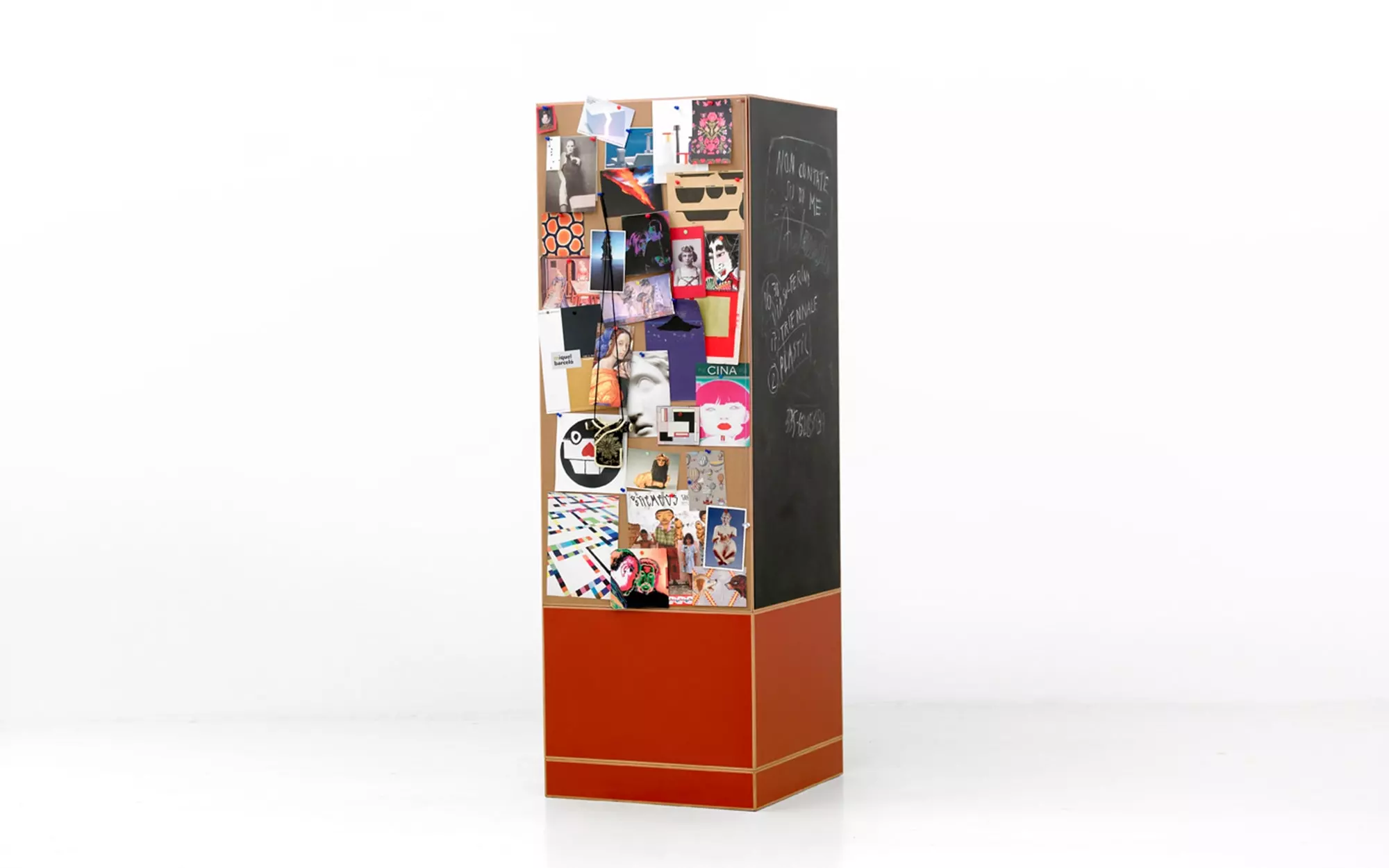
Ettore Sottsass
Biography
Ettore Sottsass Jr. (Innsbruck 1917-Milan 2007) was one of the defining designers of the postmodern movement. For more than four decades, he created a wide-ranging body of work ranging from airports to typewriters, ceramics, essays, and unrealized utopian projects. Highly receptive to the potential of form and color to subvert and transform lifestyle, he gave a seminal contribution to the history of design, establishing it as an experimental tool for the creation of a « new domestic landscape ».
The son of an architect, Sottsass trained at the Turin Politecnico. After World War 2, he set up an architecture and design firm in Milan, where he collaborated with Giuseppe Pagano...
Ettore Sottsass Jr. (Innsbruck 1917-Milan 2007) was one of the defining designers of the postmodern movement. For more than four decades, he created a wide-ranging body of work ranging from airports to typewriters, ceramics, essays, and unrealized utopian projects. Highly receptive to the potential of form and color to subvert and transform lifestyle, he gave a seminal contribution to the history of design, establishing it as an experimental tool for the creation of a « new domestic landscape ».
The son of an architect, Sottsass trained at the Turin Politecnico. After World War 2, he set up an architecture and design firm in Milan, where he collaborated with Giuseppe Pagano. His innovative, nonconformist views immediately set him into contrast with the high modernist consensus of Milanese architects, to whom he reproached both their pretensions to universalism and their compromises with what he viewed with conformist taste.
Sottsass started collaborating with the booming Italian furniture industry in the mid-50s, working for brands such as Kartell and Arredoluce. In 1957, he became the design consultant of Poltronova, whose commitment to new materials and radical design gave him an ideal platform to explore his views on living space. One year later, he started to collaborate with Olivetti, for whom he designed a series of typewriters and other objects, a work that gained him four Compassi d’Oro. In the meantime, his extensive travels in America and India gave birth to a personal vision of the role and language of design. Besides industrially produced furniture, he created a large corpus of objects, often unique pieces or small series, exhibited at various solo shows in Italy and abroad: glasses, ceramics, and furniture, as well as paintings, drawings and photographs.
Sottsass became a central figure in avantgarde culture and the related movements of radical design and antidesign. In 1967, he founded the review Pianeta Fresco with American poet Allen Ginsberg. He was also one of the founding members of studio Alchimia, along with Alessandro Mendini, Andrea Branzi, Michele De Lucchi and others, then went on to found Memphis in 1981, where he and younger colleagues explored furniture made of basic shapes and laminated materials. In 1980, he also opened an architectural firm under the name of Sottsass Associati.
A prolific writer, Sottsass authored a number of essays, memoirs and artist books.
Sottsass participated in the landmark 1972 show « Italy: A New Domestic Landscape » at MoMA, New York. A large retrospective show of his work was organized at Centre Pompidou, Paris, in 1994, followed by another in 2008. In 2007, he was celebrated in the show “Ettore Sottsass: Work in Progress” at the Design Museum, London.

